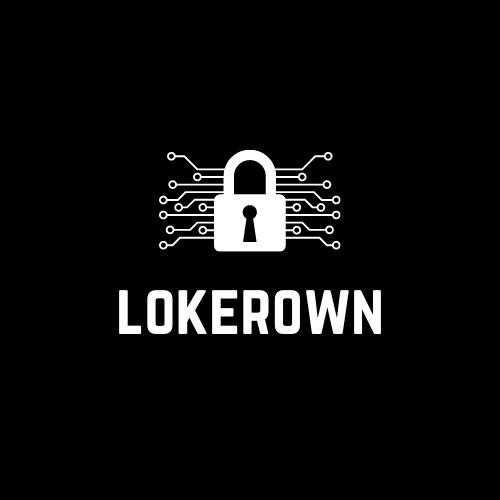Power cuts are like uninvited guests in India — you never know when they’ll show up, and they always overstay their welcome. I remember sitting in the middle of a summer night, ceiling fan frozen mid-spin, my phone torch becoming the only light source, and thinking — man, we’ve landed robots on Mars but can’t keep the power on for 30 minutes. That was the first time I actually started reading up about Power Backup solutions India — and wow, the world of backup power isn’t just generators anymore.
So here’s the deal. We all know India’s energy scene is booming — new solar parks, EVs, smart grids, all that jazz. But power interruptions? Still very much part of daily life, especially outside big cities. The average Indian household apparently faces around 25-40 hours of outages per month (depending on where you live). Sounds small till you realize that’s more than an entire day without electricity every month.
The Rise of Smarter Backup Systems
Gone are the days when a backup meant dragging out that noisy diesel generator that smells like burnt toast. The modern idea of power backup solutions is sleek, quiet, and sometimes even portable. Companies like Pure Energy have been doing some seriously cool stuff — developing lithium-based energy storage that works for both homes and businesses.
Think of these systems like your phone’s power bank, but for your whole house or office. They store energy (from the grid or solar) and kick in the moment your main supply goes down. No sound, no smoke, no angry neighbors shouting about noise pollution.
What’s interesting is how much people underestimate the tech behind this. These new systems are not just “batteries”; they’re smart devices with built-in monitoring. You can check power levels, runtime, and even switch modes from your phone. I once saw a guy on Reddit showing off his setup — he had solar panels charging his backup system during the day, and at night, he ran his entire apartment off stored power. No grid use. Zero bill that month. Kinda makes you rethink what’s possible.
The Real-Life Struggle That Makes Backup Power So Important
If you’ve lived through an Indian summer, you already get it. When the power goes out, it’s not just an inconvenience — it’s chaos. The fridge starts warming up, your Wi-Fi dies, the AC stops, and suddenly everyone’s fighting over who gets to use the power bank. I’ve seen small shop owners lose business because their card machines and lights shut off during peak hours.
For them, power backup solutions in India aren’t a luxury — they’re survival tools. It’s like having a spare tire in your car. You might not think about it every day, but when that flat hits on a highway, it’s your best friend. Same logic here.
There’s also an economic angle. India’s startup and remote work culture means more people rely on steady electricity than ever. No power = no work = no income. So having a good backup setup is like buying yourself peace of mind.
From Diesel Generators to Clean Energy
You know what’s funny? Ten years ago, everyone bragged about how big their generator was. Now, it’s the opposite. The cleaner and quieter your system, the more impressive. People are proudly sharing their solar + battery setups on Instagram, complete with hashtags like #offgridliving and #sustainablepower. There’s this subtle shift happening — from “just keep the lights on” to “let’s do it smarter.”
And it’s not just rich folks or tech nerds. Small towns are seeing a quiet revolution too. A cousin of mine runs a small medical clinic in Nashik. He switched from a generator to a lithium battery-based backup last year. His power costs dropped, and the patients don’t have to wait for that annoying 10-second delay when the lights come back on.
The Money Talk (Because, Of Course)
Now let’s talk numbers, because this stuff isn’t cheap — at least not initially. But think about it this way. If you’re spending thousands each month on generator fuel or losing business during outages, a one-time investment in a good system pays itself off fast. Some systems can even last 10+ years with minimal maintenance.
Also, power tariffs in many parts of India are creeping up. The more you depend on the grid, the more you’ll feel it in your wallet. Having your own power backup is like locking in a stable energy plan for years. Plus, solar integration means you can literally make your own electricity. Tell that to your electricity board the next time they raise rates.
One underrated stat I stumbled upon — India’s energy storage market is projected to hit over 100 GWh by 2030. That’s massive. And most of that will be residential and commercial backups, not just EVs. The future’s looking battery-powered.
Why Everyone’s Shifting Toward Lithium Systems
If you’ve ever used an inverter battery at home, you know the drill — acid smells, frequent water top-ups, and that lovely layer of dust it collects in your living room corner. Lithium-ion systems? None of that. They’re compact, sealed, and far more efficient.
There’s also a cool factor. I mean, some of these units look like gadgets straight out of a sci-fi movie. Pure Energy’s range, for instance, feels like Apple designed it. You just plug and play, monitor via app, and forget it’s even there.
And honestly, this isn’t some faraway tech dream — it’s happening now. People are already ditching old lead-acid inverters for lithium backup systems across India, from Mumbai apartments to Kerala homestays.
What I Think the Future Looks Like
If you ask me, India’s energy story over the next decade is going to be all about independence. We’ve got solar rooftops, electric scooters, and now these super-efficient backup systems tying it all together. It’s like the dream of being “off-grid” without actually disconnecting from modern life.






